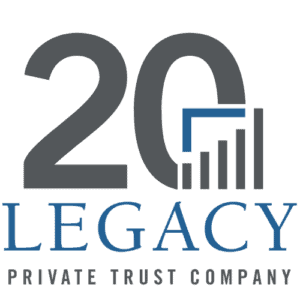Retirement planning can often feel overwhelming, especially when faced with the complexity of financial documents and IRS regulations. As you approach retirement, understanding your 401(k) distribution options is crucial for ensuring a secure financial future. In this article, we aim to demystify the choices available for your 401(k) funds, offering clear guidance to help you make informed decisions and empowering you with the knowledge to confidently plan your retirement.
Understanding Your 401(k) Distribution Options
Upon retirement, you are presented with several choices regarding your 401(k) funds. However, IRS-provided notices can be challenging to decipher, often leading to confusion. According to a recent GAO report, only 20% of surveyed 401(k) participants were aware of their distribution options, and 40% did not understand their tax implications.
Here are the four primary options you have for your 401(k) distribution:
- Leave the Money in Your Employer’s Plan
- Pros: This option allows your funds to continue growing tax-deferred within your current employer’s plan. It can be beneficial if you are satisfied with the plan’s investment options and fees.
- Cons: You might have limited investment choices compared to other plans.
- Roll the Money into the Plan of Your New Employer
- Pros: If you are changing jobs, rolling your 401(k) into your new employer’s plan can consolidate your retirement savings, making it easier to manage.
- Cons: This option depends on whether the new employer’s plan accepts rollovers and offers favorable investment choices.
- Roll the Money into an IRA
- Pros: Rolling your 401(k) into an Individual Retirement Account (IRA) often provides a broader range of investment options and potentially lower fees. It also allows for more flexible management of your retirement funds.
- Cons: You will need to manage the IRA yourself or with the help of a financial advisor.
- Take the Money as a Taxable Lump-Sum Distribution
- Pros: This option provides immediate access to your funds, which can be helpful if you have pressing financial needs or debts to pay off.
- Cons: Taking a lump sum distribution will trigger a significant tax bill, as the entire amount will be subject to income tax in the year it is withdrawn. This could also push you into a higher tax bracket.
Factors to Consider
Deciding which option is best for you depends on several personal factors:
- Retirement Income Sources: Evaluate your overall retirement income, including Social Security, pensions, and other investments.
- Tax Implications: Consider whether your income taxes will decrease in retirement and how each distribution option will impact your tax liability.
- Investment Satisfaction: Assess your satisfaction with the investment options and fees within your current employer’s plan.
- Debt Management: Determine if you have debts such as a mortgage, car loan, or credit card balance that should be addressed before retirement, influencing your need for immediate funds.Future Investment Plans: Plan how you will reinvest the money after the distribution to continue growing your retirement savings.
Making the Right Choice for Your Retirement
Choosing how to handle your 401(k) distribution is a significant decision that will lay the foundation for your retirement security. Given this choice’s complexity and long-term impact, we strongly recommend seeking professional advice. Our Legacy Private Trust Company team is here to help you navigate these options and make the best decision for your financial future, providing you with the reassurance that you’re not alone in this process.
If you are a Legacy client and have questions, please do not hesitate to contact your Legacy advisor. If you are not a Legacy client and are interested in learning more about our approach to personalized wealth management, please contact us at 920.967.5020 or connect@lptrust.com.
This newsletter is provided for informational purposes only.
It is not intended as legal, accounting, or financial planning advice.




